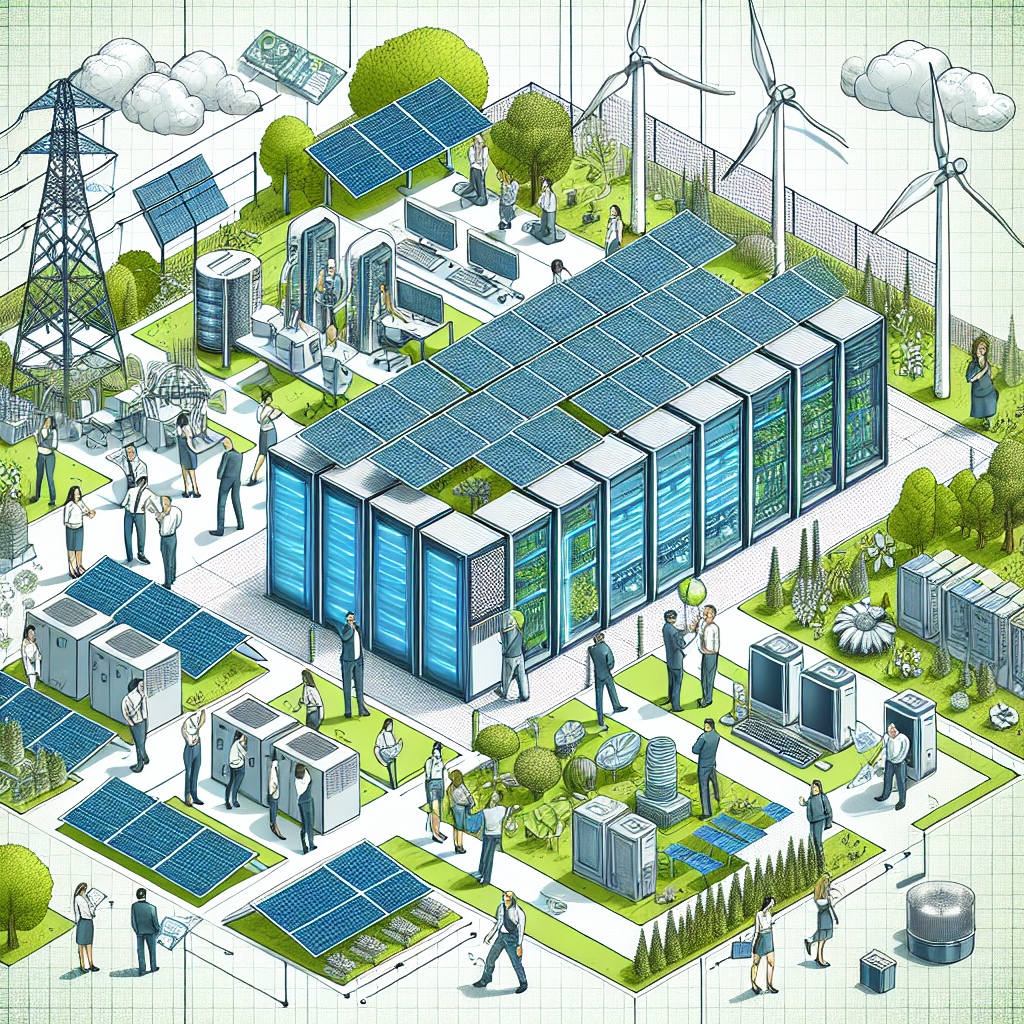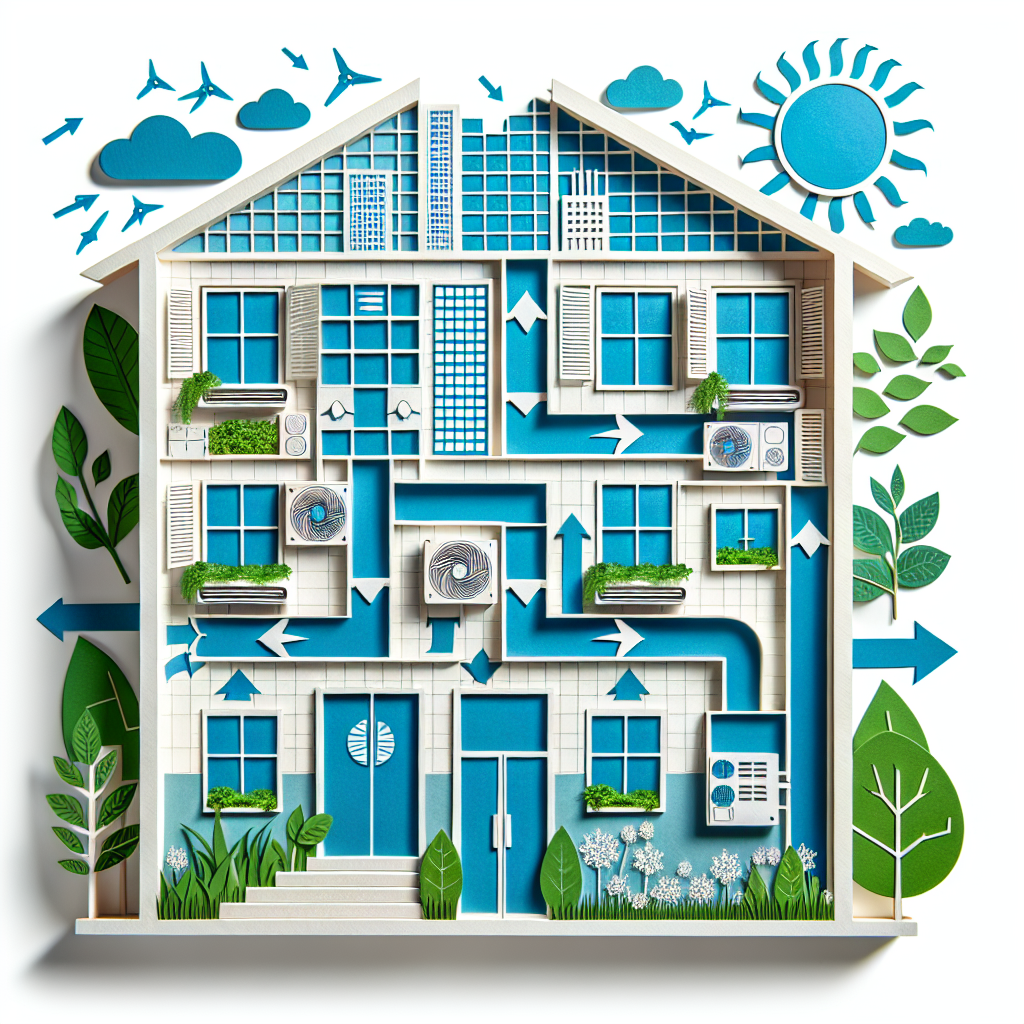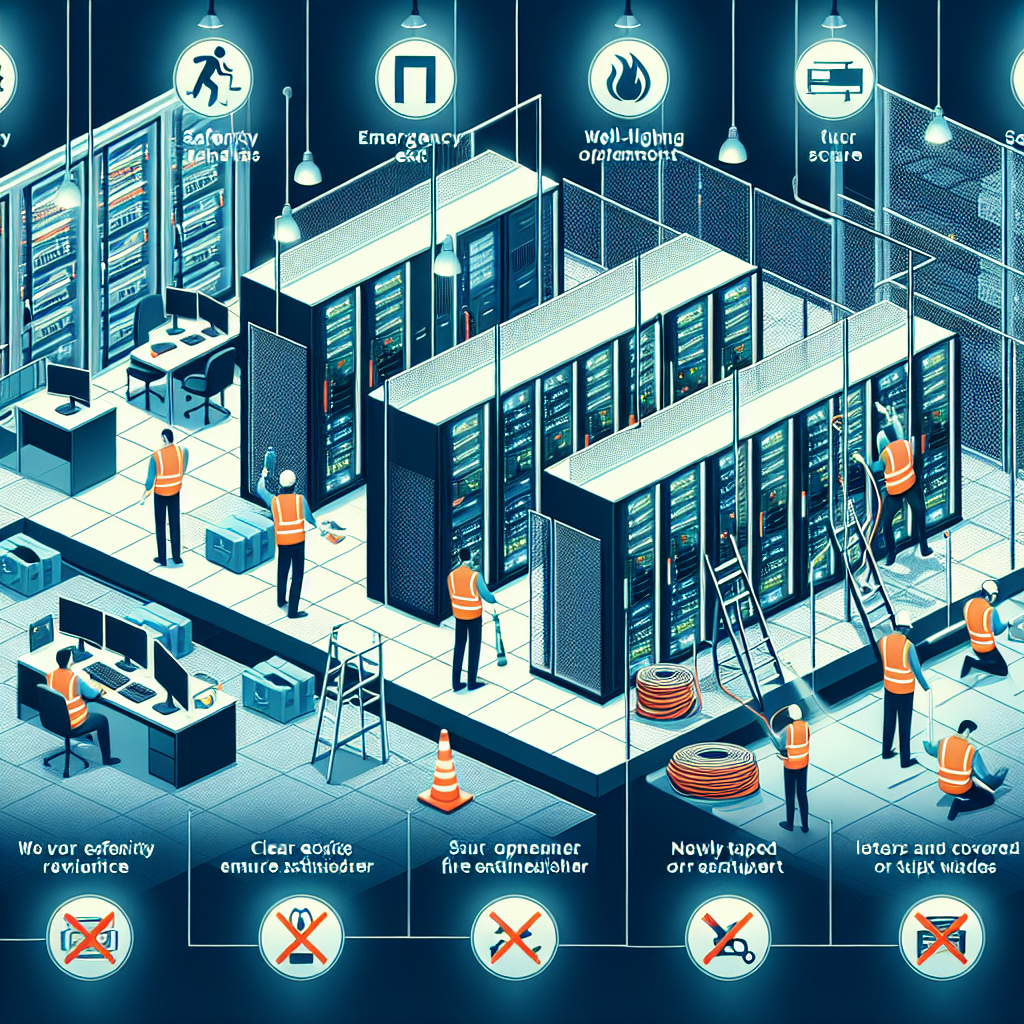Your cart is currently empty!
Tag: Promoting

The Gender Gap in Gaming: Breaking Down Stereotypes and Promoting Inclusivity
The gaming industry has long been dominated by male players and developers, leading to a significant gender gap that has persisted for years. But times are changing, and efforts are being made to break down stereotypes and promote inclusivity within the gaming community.One of the most significant barriers to gender inclusivity in gaming is the pervasive stereotype that gaming is a male-dominated hobby. This stereotype not only discourages women and non-binary individuals from entering the gaming world but also perpetuates the idea that gaming is not for them. This has led to a lack of representation of women and non-binary individuals in games themselves, as well as in the development and marketing of games.
But the reality is that women and non-binary individuals make up a significant portion of the gaming community. According to a report by the Entertainment Software Association, 46% of gamers in the United States are female, and 63% of mobile gamers are women. Despite this, women are still underrepresented in the gaming industry, making up only 24% of game developers.
Efforts are being made to address this gender gap and promote inclusivity in gaming. One way this is being done is through initiatives that aim to increase the representation of women and non-binary individuals in the industry. Organizations like Women in Games and Girls Make Games provide support and resources for women and non-binary individuals interested in pursuing careers in gaming. These initiatives help to break down barriers and create a more inclusive and diverse gaming industry.
Representation in games themselves is also important in promoting inclusivity. More and more games are featuring strong female protagonists and diverse characters, helping to challenge traditional gender stereotypes and provide more inclusive gaming experiences. Games like “Life is Strange,” “The Last of Us Part II,” and “Celeste” have been praised for their strong female characters and inclusive storytelling.
In addition to representation, it is essential to create safe and welcoming spaces for women and non-binary individuals in the gaming community. Online harassment and discrimination are significant issues for female gamers, with many experiencing sexist comments, threats, and exclusion from gaming communities. Creating inclusive and supportive environments through initiatives like community moderation, diversity training, and anti-harassment policies can help to combat these issues and make gaming a more welcoming space for everyone.
Breaking down stereotypes and promoting inclusivity in gaming is essential for creating a more diverse and vibrant gaming community. By increasing representation, challenging traditional gender roles, and creating inclusive environments, we can help to bridge the gender gap in gaming and ensure that everyone feels welcome and valued in the world of gaming. Let’s continue to work towards a more inclusive and diverse gaming industry for all players.

The Role of Air Conditioning in Promoting Comfort and Productivity in the Workplace
Air conditioning plays a crucial role in promoting comfort and productivity in the workplace. As the temperatures rise during the summer months, a well-functioning air conditioning system can make all the difference in creating a conducive working environment for employees.One of the key benefits of air conditioning in the workplace is its ability to regulate the temperature and humidity levels. This helps employees stay comfortable and focused throughout the day, without being distracted by extreme heat or humidity. Studies have shown that a comfortable working environment can lead to increased productivity and efficiency among employees.
In addition to keeping employees comfortable, air conditioning also plays a vital role in maintaining indoor air quality. A properly functioning air conditioning system can help filter out pollutants, allergens, and other harmful particles from the air, creating a healthier workspace for employees. This can lead to fewer sick days and a lower risk of respiratory problems among staff members.
Furthermore, air conditioning can also have a positive impact on employee morale and satisfaction. When employees are comfortable and happy in their work environment, they are more likely to feel motivated and engaged in their work. This can lead to higher levels of job satisfaction and lower turnover rates within the company.
It is important for employers to invest in a quality air conditioning system and ensure it is properly maintained to reap the full benefits of air conditioning in the workplace. Regular maintenance and servicing can help prevent breakdowns and ensure the system is running efficiently, providing employees with a comfortable and productive work environment.
In conclusion, air conditioning plays a crucial role in promoting comfort and productivity in the workplace. By creating a comfortable working environment, improving indoor air quality, and boosting employee morale, air conditioning can have a positive impact on the overall performance and success of a business. Employers should prioritize the installation and maintenance of air conditioning systems to create a conducive work environment for their employees.

The Role of Data Center Design in Promoting Sustainability
In today’s digital age, data centers have become the backbone of modern businesses and industries. These facilities house servers, storage devices, networking equipment, and other critical infrastructure that store and process large amounts of data. As the demand for data storage and processing continues to grow exponentially, the environmental impact of data centers has come under scrutiny.Data centers consume a significant amount of energy to power and cool their equipment, leading to high electricity bills and carbon emissions. In response to these concerns, data center operators are increasingly focusing on sustainability initiatives to reduce their environmental footprint.
One key aspect of promoting sustainability in data centers is through thoughtful and efficient design. The layout and configuration of a data center can greatly impact its energy efficiency and overall environmental impact. By incorporating sustainable design principles, data centers can reduce energy consumption, lower operating costs, and minimize their carbon footprint.
One important consideration in data center design is the use of energy-efficient equipment and technologies. This includes using servers and storage devices that are designed to consume less power, as well as implementing efficient cooling systems to maintain optimal temperatures within the facility. By using energy-efficient equipment, data centers can significantly reduce their electricity consumption and environmental impact.
Another important aspect of sustainable data center design is the use of renewable energy sources. Many data center operators are now investing in solar, wind, and hydroelectric power to offset their energy consumption from traditional sources. By harnessing renewable energy, data centers can reduce their reliance on fossil fuels and lower their carbon emissions.
In addition to energy efficiency and renewable energy, data center design can also incorporate other sustainable practices, such as recycling and waste management. By implementing recycling programs for electronic waste and other materials, data centers can reduce their environmental impact and promote a circular economy.
Overall, the role of data center design in promoting sustainability is crucial in addressing the environmental challenges posed by these facilities. By incorporating energy-efficient equipment, renewable energy sources, and sustainable practices, data centers can significantly reduce their environmental footprint and contribute to a more sustainable future. As the demand for data storage and processing continues to grow, it is essential for data center operators to prioritize sustainability in their design and operations.

Collaborative Approaches to Promoting Data Center Sustainability
As the demand for data centers continues to grow, so does the need for sustainable practices within these facilities. Data centers are notorious for their high energy consumption and environmental impact, but collaborative approaches are emerging to address these issues and promote sustainability.One key aspect of promoting data center sustainability is collaboration between data center operators, technology companies, and energy providers. By working together, these stakeholders can develop innovative solutions to reduce energy consumption, decrease carbon emissions, and minimize waste in data centers.
One approach to promoting sustainability in data centers is the use of renewable energy sources. Many data center operators are investing in solar, wind, and hydroelectric power to reduce their reliance on fossil fuels and decrease their carbon footprint. By partnering with renewable energy providers, data centers can ensure a more sustainable energy supply and lower their environmental impact.
Another collaborative approach to promoting data center sustainability is through the implementation of energy-efficient technologies. Data center operators can work with technology companies to develop and deploy energy-efficient servers, cooling systems, and power distribution units. By optimizing the efficiency of these systems, data centers can reduce their energy consumption and operating costs, while also minimizing their environmental impact.
In addition to technology solutions, collaboration with energy providers can also play a role in promoting data center sustainability. By working with energy providers to implement demand response programs, data centers can reduce their energy usage during peak times and help stabilize the grid. This not only benefits the environment but also helps data centers save money on their energy bills.
Collaboration between data center operators and environmental organizations can also play a role in promoting sustainability. By partnering with organizations that focus on sustainability and climate change, data centers can gain valuable insights and resources to help them reduce their environmental impact. These partnerships can also help data centers demonstrate their commitment to sustainability to customers and stakeholders.
Overall, collaborative approaches are essential to promoting data center sustainability. By working together, data center operators, technology companies, energy providers, and environmental organizations can develop innovative solutions to reduce energy consumption, decrease carbon emissions, and minimize waste in data centers. Through these collaborative efforts, data centers can become more sustainable and environmentally friendly, while also improving their bottom line.

Understanding the Role of Ventilation in Promoting Air Quality
When it comes to maintaining good indoor air quality, ventilation plays a crucial role. Proper ventilation helps to ensure that indoor air is fresh, clean, and free from pollutants that can harm our health. Understanding the role of ventilation in promoting air quality is essential for creating a healthy and comfortable indoor environment.Ventilation is the process of exchanging indoor air with outdoor air to remove pollutants and provide fresh air. There are two main types of ventilation systems: natural ventilation and mechanical ventilation. Natural ventilation relies on the natural flow of air through windows, doors, and other openings in a building, while mechanical ventilation uses fans, ducts, and other equipment to circulate air.
One of the key benefits of ventilation is that it helps to remove pollutants and allergens from indoor air. Indoor air can contain a variety of pollutants, such as dust, pet dander, mold spores, and volatile organic compounds (VOCs) from cleaning products and building materials. These pollutants can irritate the respiratory system and exacerbate conditions like asthma and allergies. By providing a constant supply of fresh air, ventilation helps to dilute and remove these pollutants, creating a healthier indoor environment.
Proper ventilation also helps to control humidity levels in a building. High humidity levels can promote the growth of mold and mildew, which can release spores into the air and cause respiratory issues. On the other hand, low humidity levels can lead to dry skin, irritated eyes, and respiratory problems. Ventilation helps to regulate humidity levels by removing excess moisture from the air, ensuring a comfortable and healthy indoor environment.
In addition to improving air quality and controlling humidity, ventilation also plays a role in regulating indoor temperatures. By bringing in fresh air from outside, ventilation can help to cool a building in the summer and warm it in the winter. This can reduce the need for heating and cooling systems, saving energy and reducing utility costs.
To ensure that ventilation is effectively promoting air quality, it is important to properly maintain ventilation systems. Regularly cleaning and replacing air filters, inspecting ductwork for leaks, and ensuring that fans and vents are functioning properly are all essential for maintaining good indoor air quality. It is also important to consider factors such as outdoor air quality, building design, and occupant behavior when designing a ventilation system.
In conclusion, ventilation plays a crucial role in promoting air quality and creating a healthy indoor environment. By understanding the importance of ventilation and taking steps to maintain ventilation systems, we can ensure that indoor air is fresh, clean, and free from harmful pollutants. Investing in proper ventilation is a key aspect of creating a comfortable and healthy living or working environment.

Creating a Culture of Safety in the Data Center: Strategies for Promoting a Secure Work Environment
In today’s digital age, data centers play a crucial role in storing and managing vast amounts of information for businesses and organizations. However, with the increasing reliance on technology and the potential risks associated with data breaches, creating a culture of safety in the data center has never been more important.A secure work environment is essential for protecting sensitive data and ensuring the smooth operation of a data center. By implementing strategies to promote safety and security, businesses can reduce the risk of cyber threats and safeguard their critical information.
One of the key strategies for creating a culture of safety in the data center is to establish clear policies and procedures for data security. This includes defining access controls, encryption protocols, and data backup procedures to protect against unauthorized access and data loss. By setting strict guidelines and enforcing them consistently, businesses can minimize the risk of security breaches and ensure that data is kept safe at all times.
In addition to implementing policies and procedures, training and education are also crucial components of promoting a secure work environment in the data center. Employees should be regularly trained on data security best practices and updated on the latest threats and vulnerabilities. By empowering employees with the knowledge and skills to identify and respond to security risks, businesses can strengthen their defenses against potential cyber attacks.
Regular security audits and assessments are also essential for maintaining a culture of safety in the data center. By conducting regular checks and evaluations of security measures, businesses can identify and address any weaknesses or vulnerabilities in their systems. This proactive approach to security can help prevent potential breaches and ensure that data is adequately protected.
Furthermore, fostering a culture of collaboration and communication among employees is essential for promoting a secure work environment in the data center. By encouraging open dialogue and information sharing, businesses can create a unified front against security threats and ensure that all team members are working together to protect critical data.
Overall, creating a culture of safety in the data center requires a multi-faceted approach that includes implementing clear policies and procedures, providing ongoing training and education, conducting regular security audits, and fostering a collaborative work environment. By prioritizing data security and promoting a culture of safety, businesses can minimize the risk of cyber threats and protect their valuable information assets.

Building a Culture of Safety in Data Centers: Tips for Promoting a Safe Work Environment
Data centers are critical facilities that house a large amount of sensitive data and equipment. Ensuring the safety of employees who work in data centers is essential to the smooth operation of these facilities. Building a culture of safety in data centers involves implementing policies and practices that promote a safe work environment for all employees. Here are some tips for promoting a safe work environment in data centers:1. Conduct regular safety training: Provide all employees with comprehensive safety training that covers topics such as proper lifting techniques, fire safety, electrical safety, and emergency procedures. Make sure that all employees are aware of the potential hazards in the data center and know how to respond in case of an emergency.
2. Implement safety protocols: Establish and enforce safety protocols for all tasks performed in the data center. This includes procedures for equipment maintenance, data center access, and handling of hazardous materials. Make sure that all employees are trained on these protocols and consistently follow them.
3. Provide safety equipment: Ensure that all employees have access to the necessary safety equipment, such as hard hats, safety goggles, gloves, and ear protection. Make sure that this equipment is regularly inspected and replaced when necessary.
4. Regularly inspect equipment: Conduct regular inspections of all equipment in the data center to identify any potential hazards or malfunctions. Make sure that all equipment is properly maintained and repaired promptly if needed.
5. Encourage reporting of safety concerns: Create a culture where employees feel comfortable reporting safety concerns and near misses. Encourage open communication and provide a system for employees to report safety issues anonymously if they prefer.
6. Conduct regular safety audits: Regularly audit the data center to identify any potential safety hazards or violations of safety protocols. Address any issues that are identified in a timely manner to prevent accidents or injuries.
7. Promote a culture of safety: Foster a culture of safety in the data center by recognizing and rewarding employees who prioritize safety. Encourage teamwork and collaboration to ensure that all employees are working together to maintain a safe work environment.
By following these tips, data center managers can help to build a culture of safety in their facilities and promote a safe work environment for all employees. Prioritizing safety in data centers not only protects employees from harm but also ensures the continued operation and success of these critical facilities.

Understanding the Role of Ventilation in Promoting Health and Well-being
Ventilation plays a crucial role in promoting health and well-being in indoor spaces. Proper ventilation ensures that indoor air quality is maintained at a healthy level, reducing the risk of respiratory problems and other health issues. Understanding the importance of ventilation and its impact on our health is essential for creating a healthy living or working environment.Ventilation is the process of exchanging indoor air with outdoor air to ensure that indoor air quality is maintained at a healthy level. It helps to remove indoor air pollutants such as volatile organic compounds (VOCs), carbon dioxide, and other harmful particles. Poor ventilation can lead to a buildup of these pollutants, which can cause respiratory problems, allergies, and other health issues.
Proper ventilation also helps to control humidity levels in indoor spaces. High humidity levels can promote the growth of mold and mildew, which can lead to respiratory problems and other health issues. On the other hand, low humidity levels can cause dryness and irritation of the eyes, nose, and throat. Ventilation helps to regulate humidity levels, creating a comfortable and healthy indoor environment.
In addition to promoting good indoor air quality, ventilation also plays a crucial role in preventing the spread of infectious diseases. Proper ventilation helps to dilute and remove airborne pathogens, reducing the risk of transmission of diseases such as flu, tuberculosis, and COVID-19. Inadequate ventilation in crowded indoor spaces can increase the risk of disease transmission, making it essential to ensure proper ventilation in public buildings, schools, and healthcare facilities.
There are several methods of ventilation that can be used to promote health and well-being in indoor spaces. Natural ventilation, which relies on opening windows and doors to allow fresh air to enter the space, is a cost-effective and energy-efficient way to ensure good indoor air quality. Mechanical ventilation systems, such as exhaust fans and air purifiers, can also be used to remove indoor air pollutants and maintain healthy indoor air quality.
It is important to consider the role of ventilation in promoting health and well-being when designing and maintaining indoor spaces. By ensuring proper ventilation in homes, offices, schools, and other indoor environments, we can create a healthy and comfortable living and working environment for everyone. Understanding the importance of ventilation and its impact on our health is essential for creating a healthier and happier indoor environment.

Green Data Centers: Promoting Environmental Sustainability through Energy Efficiency
In recent years, there has been a growing push towards sustainability and environmental responsibility in various industries. One sector that has been making strides in this area is the data center industry, with the emergence of green data centers.Green data centers are facilities that are designed to minimize their environmental impact by maximizing energy efficiency and reducing carbon emissions. These centers are powered by renewable energy sources such as solar, wind, and hydroelectric power, rather than relying on traditional fossil fuels. By utilizing these clean energy sources, green data centers are able to significantly reduce their carbon footprint and contribute to a more sustainable future.
One of the key ways in which green data centers promote environmental sustainability is through energy efficiency. Traditional data centers consume vast amounts of energy to power and cool their servers, resulting in high energy bills and significant carbon emissions. In contrast, green data centers are equipped with energy-efficient infrastructure, such as advanced cooling systems and server virtualization technology, to reduce energy consumption and maximize efficiency.
By implementing these energy-saving measures, green data centers are able to reduce their overall energy consumption and operating costs, while also minimizing their environmental impact. In addition to reducing carbon emissions, green data centers also help to conserve natural resources and reduce the strain on the power grid.
Furthermore, green data centers are also committed to using eco-friendly materials and practices in their construction and operations. This includes using energy-efficient lighting, recycled materials, and sustainable cooling systems, as well as implementing waste reduction and recycling programs. By adopting these green practices, data centers can further minimize their environmental impact and promote sustainability.
Overall, green data centers play a crucial role in promoting environmental sustainability by prioritizing energy efficiency, utilizing renewable energy sources, and implementing eco-friendly practices. As the demand for data storage continues to grow, it is essential for the data center industry to embrace sustainable practices and reduce its environmental footprint. By investing in green data centers, businesses can not only save on energy costs and reduce carbon emissions, but also demonstrate their commitment to environmental responsibility and contribute to a cleaner, greener future.

Swanson Prebiotic Capsules – Promotes Friendly Flora Support & Overall Digestive Health – Prebiotic Fiber Promoting Gut Health & Immune Health Support – (120 Veggie Capsules, 750mg Each) 1 Pack
Price: $15.04
(as of Dec 15,2024 11:50:23 UTC – Details)
For adults only. Consult your healthcare provider before using this or any product if you are pregnant or nursing, taking medication or have a medical condition.
Is Discontinued By Manufacturer : No
Product Dimensions : 2.3 x 2.3 x 4.4 inches; 3.52 ounces
Date First Available : May 11, 2017
Manufacturer : Swanson Probiotics
ASIN : B075NDQP5BNATURAL DIGESTIVE SUPPORT: Studies have shown that just one gram per day of NutraFlora may help to increase friendly flora by 500% in just four weeks! Each of Swanson’s easy to swallow capsules delivers 750mg short-chain FOS for digestive wellness.
PROMOTES OVERALL GUT HEALTH: Prebiotic fiber helps to stimulate the growth of microflora in the digestive system, promoting optimal digestion and absorption for overall health and immune support.
DOSAGE INSTRUCTIONS: Our wellness supplements offer everyday solutions for an enhanced mind, body, and home using only the purest ingredients. For best results, take two veggie capsules one to two times per day, preferably with a probiotic.
OUR QUALITY COMMITMENT: For nearly 50 years, Swanson has delivered science-backed health products worldwide. Each wellness supplement is made in our GMP certified facilities, and our purity and potency testing includes independent third-party labs.
MONEY BACK GUARANTEE: At Swanson, we guarantee that every health product is made from the purest, freshest nutrients. If you aren’t satisfied with any product(s) purchased within the last 30 days, return the unused portion to us for a full refund.Customers say
Customers find that the nutritional supplement works well with probiotics. They say it’s a good value product that increases the potency of their probiotics and helps with digestive issues. Many customers mention that it doesn’t cause stomach upset.
AI-generated from the text of customer reviews
Are you looking to improve your digestive health and support your immune system? Look no further than Swanson Prebiotic Capsules! Our prebiotic fiber formula promotes the growth of friendly flora in your gut, helping to balance your digestive system and support overall gut health.Each capsule contains 750mg of prebiotic fiber, providing your body with the necessary nutrients to maintain a healthy digestive system. By promoting the growth of beneficial bacteria in your gut, our prebiotic capsules can help improve your immune health and overall well-being.
With 120 veggie capsules in each pack, Swanson Prebiotic Capsules are a convenient and easy way to incorporate prebiotic fiber into your daily routine. Take control of your digestive health and support your immune system with Swanson Prebiotic Capsules today!
#Swanson #Prebiotic #Capsules #Promotes #Friendly #Flora #Support #Digestive #Health #Prebiotic #Fiber #Promoting #Gut #Health #Immune #Health #Support #Veggie #Capsules #750mg #Pack
